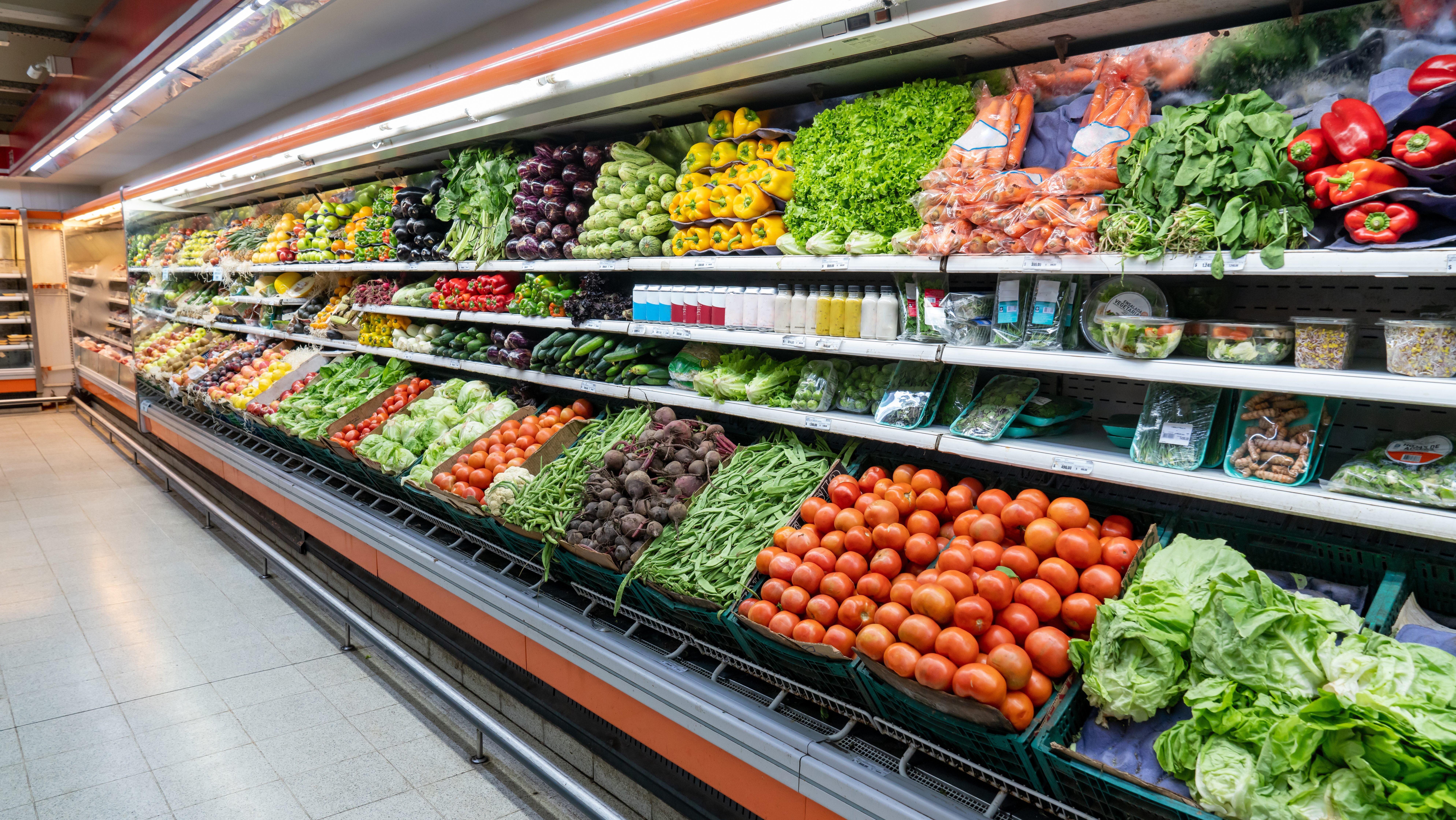Bananas are a staple in many households, offering a convenient and healthy snack. But have you ever wondered why they’re so inexpensive compared to other fruits? A few quarters can often buy you a whole pound, making them one of the most affordable items in the produce section. Let’s explore the factors contributing to the low cost of this popular fruit.
Low Labor Costs and Efficient Production
A primary reason for the low price of bananas is the lower labor costs in the countries where they are grown. Major banana-producing nations like Guatemala, Costa Rica, Honduras, Ecuador, and Mexico often have lower wages than countries like the United States. This significantly reduces the overall production cost.
Furthermore, banana plants are highly productive due to centuries of selective breeding. This high yield per plant means more bananas can be harvested with less effort, further contributing to lower costs. Compared to fruits like berries, bananas are also relatively easy to grow and less perishable, minimizing losses during transport and storage.
Loss Leader Strategy and Consumer Appeal
Retailers often use bananas as a “loss leader”—a product sold at a low price to attract customers. The eye-catching price of bananas draws shoppers into the store, encouraging them to purchase other, potentially higher-margin items. This marketing strategy benefits both consumers and retailers.
Bananas are a popular choice for consumers, ranking as the most consumed fresh fruit in the U.S. in 2021. This high demand allows for large-scale production and distribution, further driving down costs through economies of scale.
The History of Banana Pricing: From Luxury to Staple
Surprisingly, bananas were once considered a luxury item in the 19th century, comparable to caviar. Their journey from delicacy to affordable staple involved innovations in transportation, refrigeration, and large-scale production. Pioneers like Lorenzo Dow Baker and Andrew Preston revolutionized the banana industry by streamlining shipping and implementing cold storage, making bananas accessible and affordable to a wider population.
The formation of large banana companies like United Fruit Company (now Chiquita) further solidified the industry’s control over production and distribution, contributing to lower prices. However, this history is also intertwined with controversial labor practices and the exploitation of workers in banana-producing countries.
The Uncertain Future of Cheap Bananas
The future affordability of bananas is uncertain due to the threat of Panama disease Tropical Race 4, a deadly fungus affecting Cavendish bananas, the most common variety consumed globally. The lack of genetic diversity in Cavendish bananas makes them particularly vulnerable to this disease.
The spread of this fungus could significantly impact banana production, potentially leading to higher prices and even shortages. Experts emphasize the need for greater agricultural diversity to mitigate this risk, even if it means higher production costs. Exploring alternative banana varieties could be crucial for ensuring the long-term availability of this beloved fruit.
Conclusion
The low price of bananas is a result of a complex interplay of factors, including low labor costs, efficient production, strategic pricing by retailers, and historical developments in the banana industry. However, the future affordability of bananas is threatened by disease, highlighting the need for a more sustainable and diverse approach to banana cultivation. While we enjoy the low cost of this fruit today, it’s important to consider the long-term implications of its production and the potential for future price increases.

